Filter by

Recovery from the Indian Ocean Tsunami: A Ten-Year Journey
During the past 10 years following the 2004 Indian Ocean Tsunami, invaluable lessons have been learned and great changes have been observed. Immediately after the disaster, the second World Conference on Disaster Reduction was held in Kobe, Japan, and formulated the Hyogo Framework for Action (HFA: 2005–2015). HFA provided a platform and framework for changes and innovations, many of which we…
- Edition
- -
- ISBN/ISSN
- 978-4-431-55117-1
- Collation
- -
- Series Title
- -
- Call Number
- 333.72
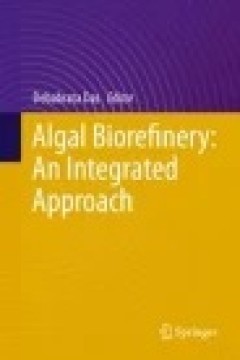
Algal Biorefinery: An Integrated Approach
This book critically discusses different aspects of algal production systems and several of the drawbacks related to microalgal biomass production, namely, low biomass yield, and energy-consuming harvesting, dewatering, drying and extraction processes. These provide a background to the state-of-the-art technologies for algal cultivation, CO2 sequestration, and large-scale application of these s…
- Edition
- Ed. 1
- ISBN/ISSN
- 978-3-319-22813-6
- Collation
- XXII, 467
- Series Title
- -
- Call Number
- 660.6 ALG a
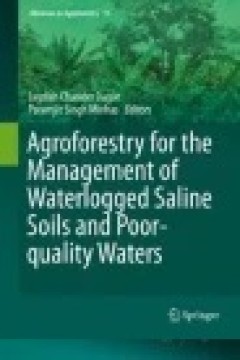
Agroforestry for the Management of Waterlogged Saline Soils and Poor-Quality …
Land degradation caused by salinity and waterlogging is a global problem afflicting about one billion hectares and endangering the food security of at least 75 countries. Since the social, economic and environmental costs of on and/off-farm reclamation techniques are high, agroforestry is now emerging as a potential tool, not only for arresting salinity and waterlogging, but also for other envi…
- Edition
- Ed. 1
- ISBN/ISSN
- 978-81-322-2659-8
- Collation
- X, 210
- Series Title
- Advances in Agroforestry
- Call Number
- 630 AGR a
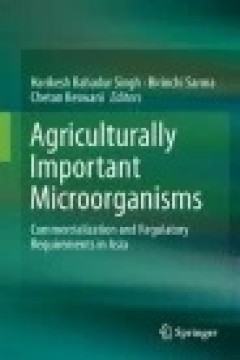
Agriculturally Important Microorganisms: Commercialization and Regulatory Req…
The main focus of this book is to survey the current status of research, development and use of agriculturally important microorganisms in Asian countries and develop a strategy for addressing critical issues various policy constraints due to which bio-pesticides have found limited applications. In this book the editors have tried to develop a consensus on issues of such as quality requireme…
- Edition
- Ed. 1
- ISBN/ISSN
- 978-981-10-2576-1
- Collation
- XVII, 305
- Series Title
- -
- Call Number
- 630 AGR a
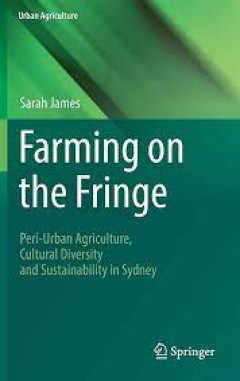
Farming on the Fringe Peri-Urban Agriculture, Cultural Diversity and Sustain…
This volume offers a new perspective to debates on local food and urban sustainability presenting the long silenced voices of the small-scale farmers from the productive green fringe of Sydney’s sprawling urban jungle. Providing fresh food for the city and local employment, these culturally and linguistically diverse farmers contribute not only to Sydney’s globalizing demographic and cultur…
- Edition
- -
- ISBN/ISSN
- 978-3-319-32235-3
- Collation
- XI, 197
- Series Title
- -
- Call Number
- -
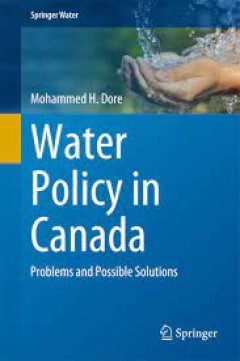
Water Policy in Canada Problems and Possible Solutions
This book deals with the water policy and management in Canada. It discusses various problems and risks in the fresh and drinking water supply in the second largest country in the world. Mohammed Dore argues that water is underpriced and used wastefully in Canada. In selected case studies, he illustrates the major threats from human activity to Canadian freshwaters and drinking water resources,…
- Edition
- -
- ISBN/ISSN
- 978-3-319-15883-9
- Collation
- XX, 327
- Series Title
- -
- Call Number
- -
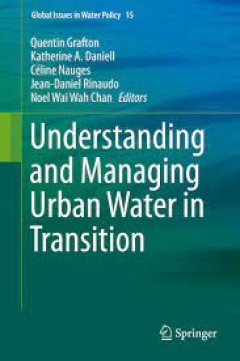
Understanding and Managing Urban Water in Transition
This book examines changes and transitions in the way water is managed in urban environments. This book originated from a joint French-Australian initiative on water and land management held in Montpellier, France. The book delivers practical insights into urban water management. It links scientific insights of researchers with the practical experiences of urban water practitioners to understan…
- Edition
- -
- ISBN/ISSN
- 978-94-017-9801-3
- Collation
- 37 b/w illustrations, 54 illustrations in colour
- Series Title
- -
- Call Number
- -
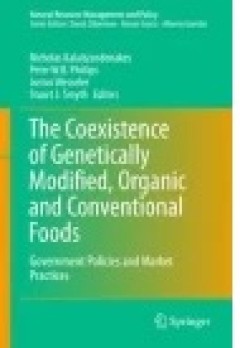
The Coexistence of Genetically Modified, Organic and Conventional Foods
Since their commercial introduction in 1996, genetically modified (GM) crops have been adopted by farmers around the world at impressive rates. In 2011, 180 million hectares of GM crops were cultivated by more than 15 million farmers in 29 countries. In the next decade, global adoption is expected to grow even faster as the research pipeline for new biotech traits and crops has increased almost…
- Edition
- -
- ISBN/ISSN
- 978-1-4939-3727-1
- Collation
- XII, 426
- Series Title
- Natural Resource Management and Policy
- Call Number
- -
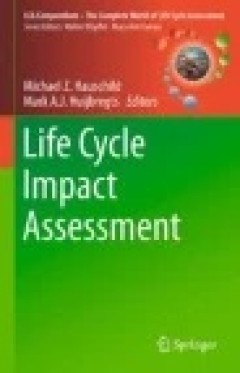
Life Cycle Impact Assessment
This book offers a detailed presentation of the principles and practice of life cycle impact assessment. As a volume of the LCA compendium, the book is structured according to the LCIA framework developed by the International Organisation for Standardisation (ISO)passing through the phases of definition or selection of impact categories, category indicators and characterisation models (Classifi…
- Edition
- -
- ISBN/ISSN
- 978-94-017-9744-3
- Collation
- -
- Series Title
- -
- Call Number
- -
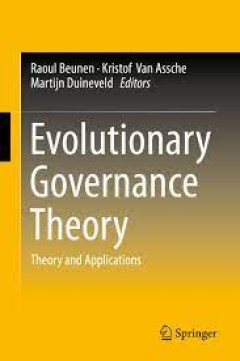
Evolutionary Governance Theory Theory and Applications
This volume presents empirical studies and theoretical reflections on Evolutionary Governance Theory (EGT), its most important concepts and their interrelations. As a novel theory of governance, EGT understands governance as radically evolutionary, which implies that all elements of governance are subject to evolution, that these elements co-evolve and that many of them are the product of gover…
- Edition
- -
- ISBN/ISSN
- 978-3-319-12274-8
- Collation
- 4 b/w illustrations, 4 illustrations in colour
- Series Title
- -
- Call Number
- -
 Computer Science, Information & General Works
Computer Science, Information & General Works  Philosophy & Psychology
Philosophy & Psychology  Religion
Religion  Social Sciences
Social Sciences  Language
Language  Pure Science
Pure Science  Applied Sciences
Applied Sciences  Art & Recreation
Art & Recreation  Literature
Literature  History & Geography
History & Geography